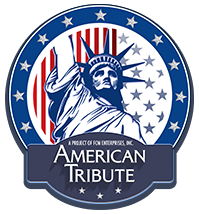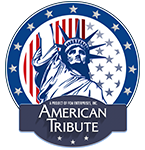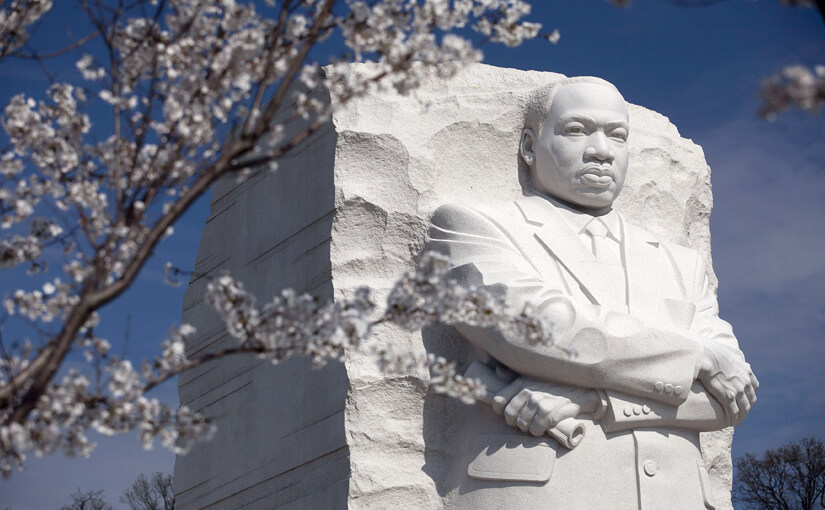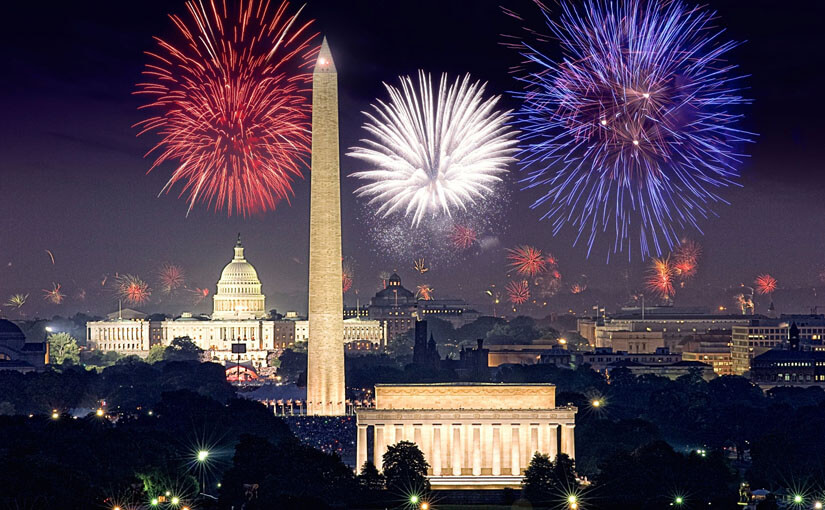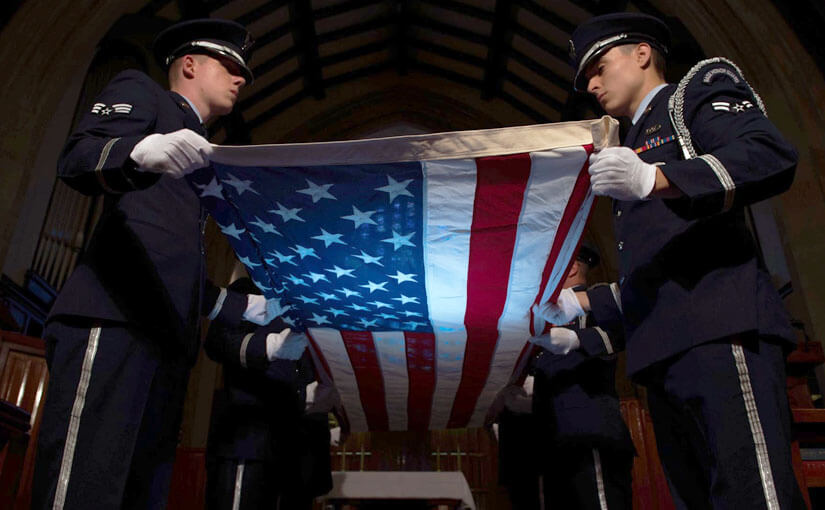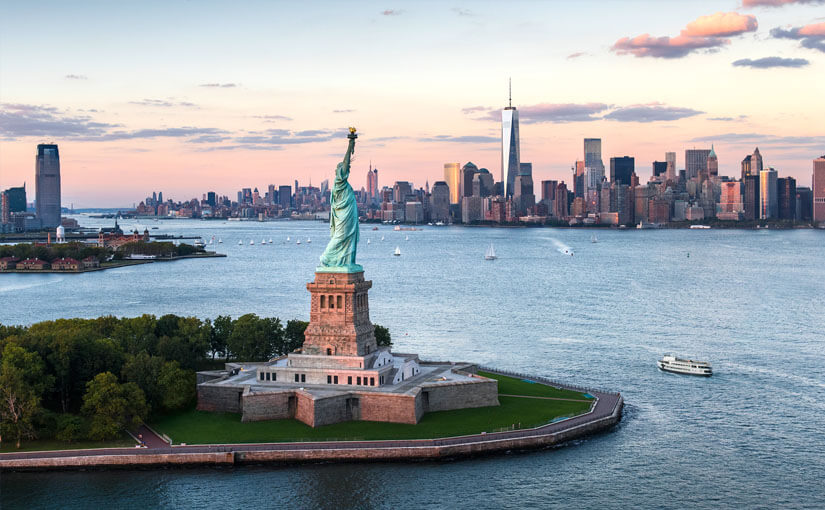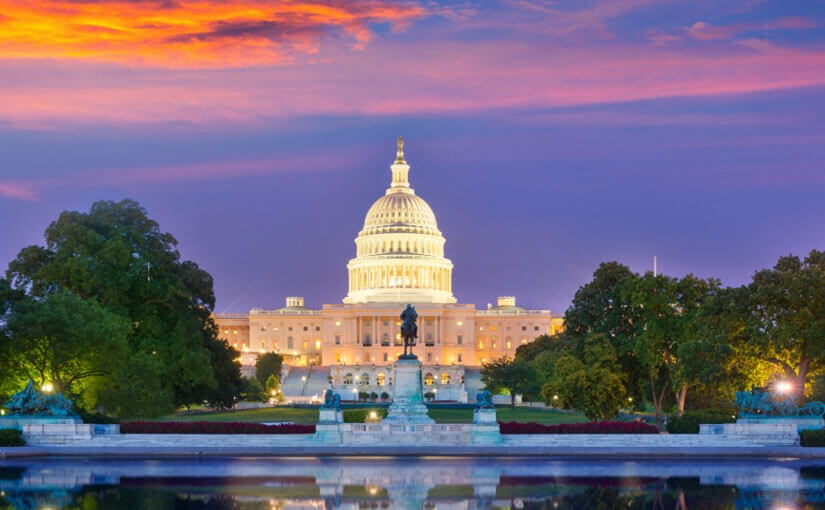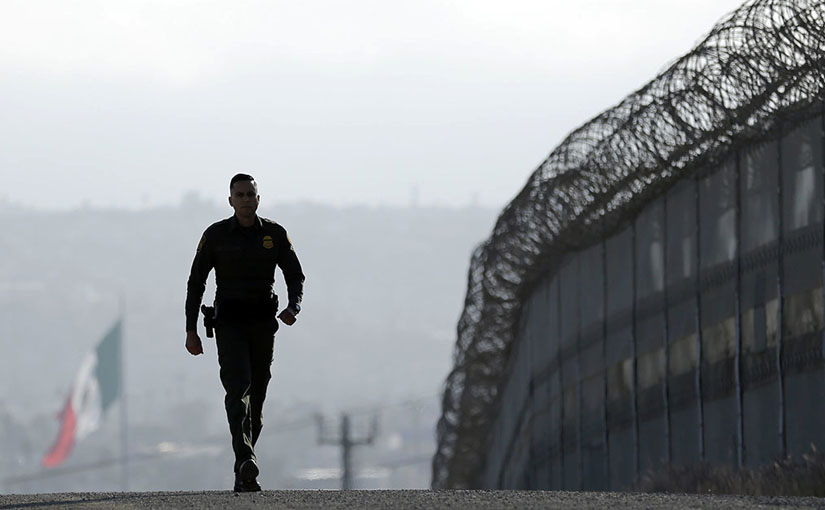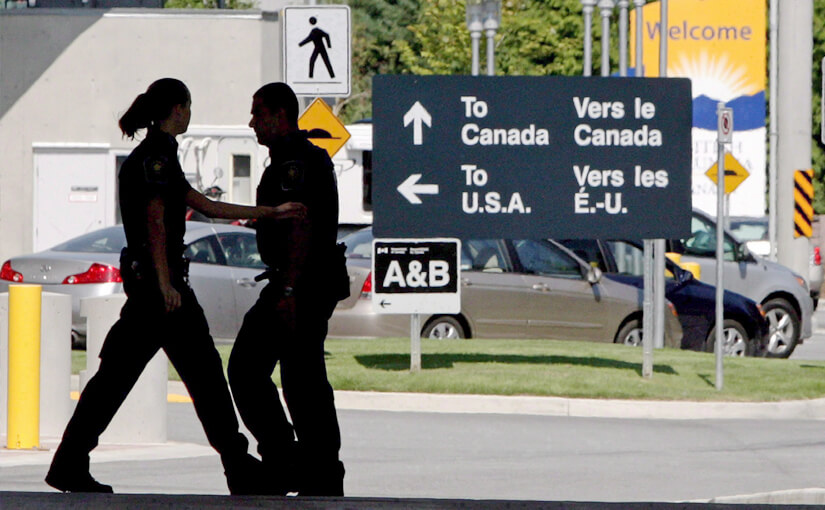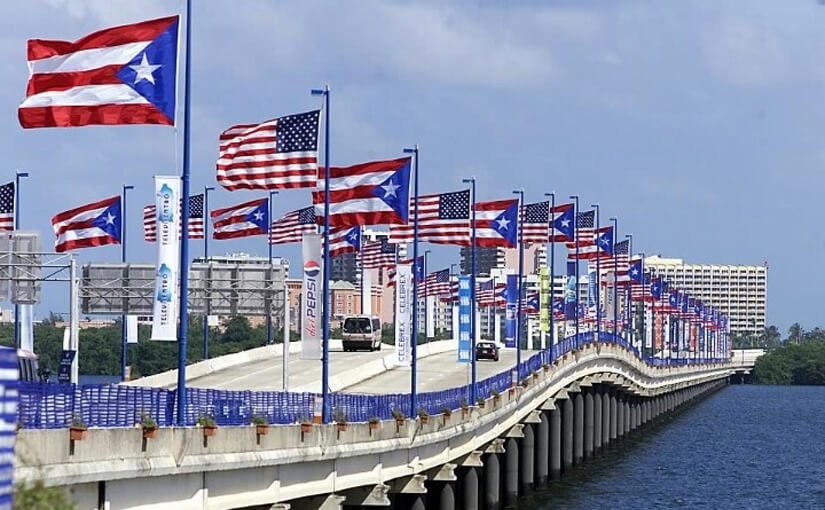- New Year’s Day
- Martin Luther King, Jr. Day
- Presidents’ Day
- Memorial Day
- Independence Day
- Labor Day
- Columbus Day
- Veterans Day
- Thanksgiving
- Christmas
Many Americans celebrate national or federal holidays. These holidays often honor people or events in our American heritage.
These holidays are “national” in a legal sense only for federal institutions and in the District of Columbia. Typically, federal offices are closed on these holidays. Each state can decide whether or not to celebrate the holiday. Businesses, schools, and commercial establishments may choose whether or not to close on these days.
Since 1971, federal holidays are observed on Mondays except for New Year’s Day, Independence Day, Veterans Day, Thanksgiving, and Christmas.
** As you prepare for U.S. citizenship, Learn About the United States: Quick Civics Lessons will help you study for the civics and English portions of the naturalization interview. There are 100 civics (history and government) questions on the naturalization test. During your naturalization interview, you will be asked up to 10 questions from the list of 100 questions. You must answer correctly six (6) of the 10 questions to pass the civics test.
